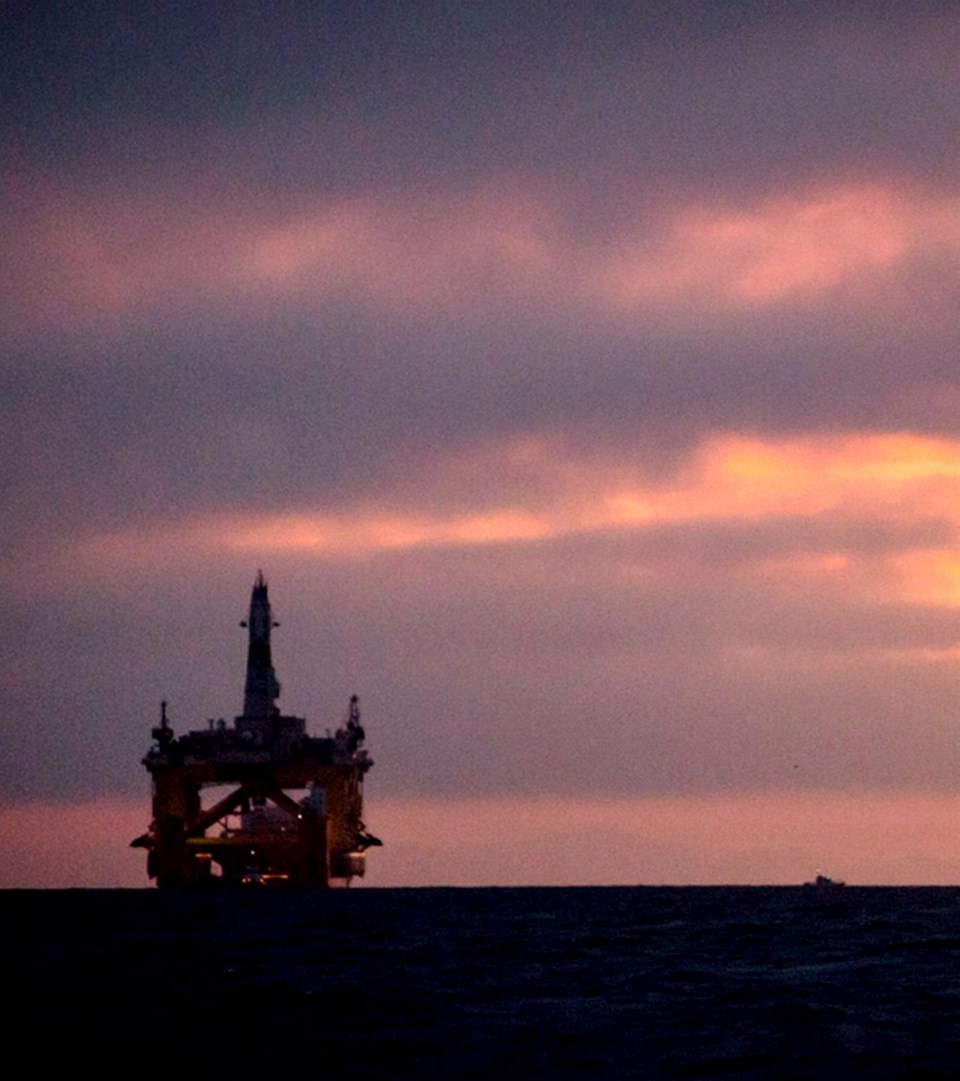Environmental and Alaska native groups are suing to maintain a U.S. ban on oil and gas exploration in most of the Arctic Ocean and select areas of the Atlantic after U.S. President Donald Trump took steps to put the waters back in play for offshore drilling.
The drilling ban was a key part of former president Barack Obama’s environmental legacy, aimed at protecting polar bears, walrus, ice seals and Native villages that depend on the animals from industrialization and oil spills. Waters of the Atlantic continental shelf also support whales, swordfish, bluefin tuna, sea turtles and businesses heavily dependent on the health of the ocean ecosystem, according to the lawsuit.
In an executive order last week, Trump ordered Interior Secretary Ryan Zinke to review the ban with the goal of opening offshore areas to job-creating energy exploration.
“With one careless stroke of his pen, Trump ignored the law and put our oceans at new risk of a devastating oil spill,” said Kristen Monsell, an attorney for the Center for Biological Diversity, one of the groups that filed the lawsuit in Anchorage.
White House spokeswoman Kelly Love said by email that the administration is confident Trump’s decision to boost the country’s energy sector will be vindicated by the courts.
The federal lawsuit, filed last wek, claims Trump exceeded his constitutional authority and violated federal law.
The U.S. Congress has the power to regulate federal land under the Constitution.
Lawmakers have authorized presidents to halt drilling in unleased lands of the outer continental shelf but did not allow them to reopen areas, according to the lawsuit.
Presidents Dwight Eisenhower, Richard Nixon, George H.W. Bush and Bill Clinton made permanent or time-limited withdrawals from drilling under the Outer Continental Shelf Land Act.
“It says nothing about the authority to undo those withdrawals,” said attorney Erik Grafe of Earthjustice, one of two law firms representing the 10 groups. “No president has reversed a withdrawal in the past except for ones that have express end dates. President Obama’s withdrawals were permanent.”
In 2015, Obama halted exploration in coastal areas of the Beaufort and Chukchi seas and the Hanna Shoal, an important area for walrus.
On Dec. 20, he withdrew most other potential Arctic Ocean lease areas — about 98 per cent of the Arctic outer continental shelf.
Abigail Hopper, Obama’s director of the Bureau of Ocean Energy Management, said at the time that oil and gas activity in the harsh and undeveloped Arctic was not worth the risks when the nation had ample energy near existing infrastructure.
Josh Kindred, environmental counsel for the Alaska Oil and Gas Association, said Trump’s executive order has been portrayed as dramatic when it merely reverts to policy in place for most of the Obama administration.
“It brings us back to the status quo of where we were four months ago,” Kindred said.
Obama spent a lot of time developing a five-year Arctic leasing plan, then he halted drilling in Arctic waters without consulting with the state of Alaska and coastal villages, Kindred said.
“It seemed to be a hard-right turn,” he said.
In the Atlantic, Obama banned exploration in 15,377 square kilometres of underwater canyon complexes, citing their importance for marine mammals, deep-water corals, valuable fish populations and migratory whales, according to the lawsuit.
Trump’s executive order encourages seismic surveys, mandates expedited seismic permitting and directs a reconsideration of offshore safety and pollution control regulations. It calls for development of a new five-year leasing program in the Arctic and Atlantic.
Industry officials have expressed interest in moving into areas now banned, according to the lawsuit. “We’re suing to preserve the protections that were put in place before oil companies rush in,” Grafe said.



